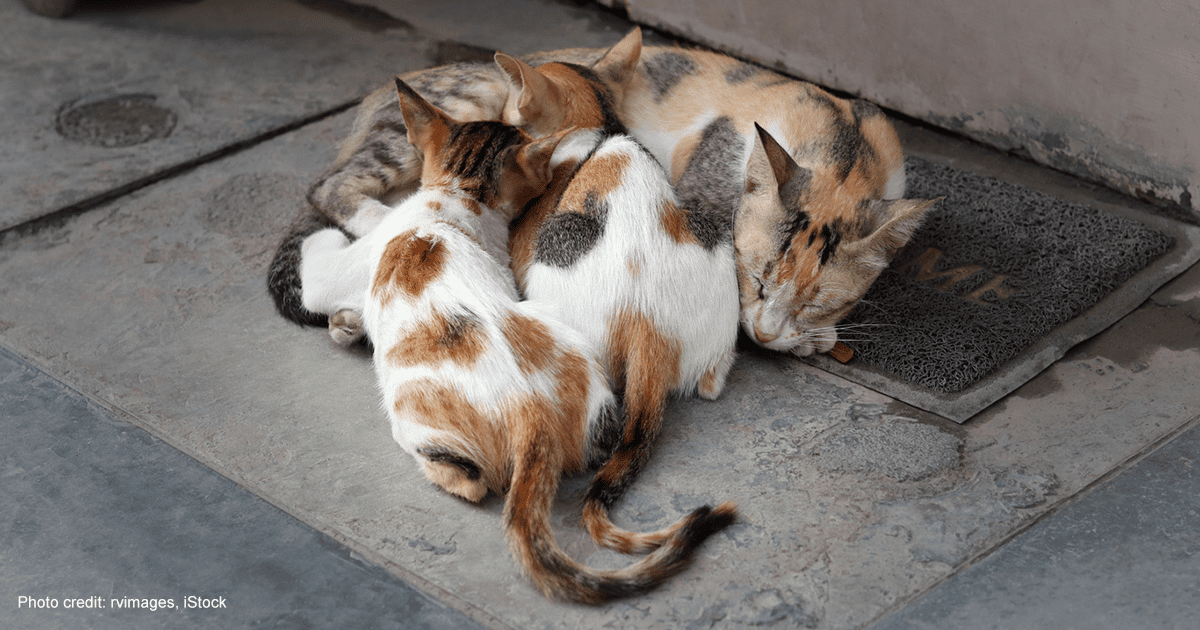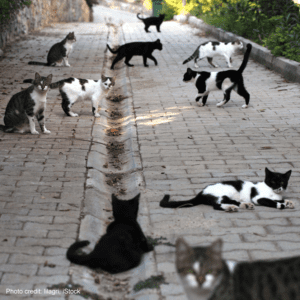
Jul 18, 2023 In Pursuit of a Silver Bullet for Pet Population Control: a Chemical Sterilant for Dogs and Cats
 The early 1970s in the USA saw a flurry of articles and media comments calling attention to an out-of-control pet population. The Humane Society of the United States estimated that approximately 13.5 million dogs and cats were euthanized in US shelters in 1973. At the time, 60-64 million pet dogs and cats were in the USA. In other words, the number of dogs and cats euthanized annually in American shelters was equal to one-fifth of the total pet dog and cat population.
The early 1970s in the USA saw a flurry of articles and media comments calling attention to an out-of-control pet population. The Humane Society of the United States estimated that approximately 13.5 million dogs and cats were euthanized in US shelters in 1973. At the time, 60-64 million pet dogs and cats were in the USA. In other words, the number of dogs and cats euthanized annually in American shelters was equal to one-fifth of the total pet dog and cat population.
Two national conferences attended by all the major stakeholders were held in 1974 and 1976 to address the pet “overpopulation” crisis. At the 1974 conference, animal welfare attendees promoted pet sterilization as a possible approach to reducing unwanted animals’ flow into shelters. Several animal shelter operations in California had launched specialized dog and cat surgical sterilization services early in the 1970s that were already having an impact, according to reports at the conference (and see this review).
Dr. Lloyd Faulkner, a veterinary specialist in canine and feline reproduction, spoke at the conference about the search for an effective chemical sterilant. He reported that a promising chemical sterilant for males was under investigation and commented on some possible chemical sterilants/contraceptives for females. The male sterilant, Neutersol, was eventually approved by the US Food and Drug Administration in 2003 (29 years after the 1974 national conference). Still, uptake by veterinarians and shelters was limited. Neutersol was withdrawn in 2005. A second attempt to market the product in the US, now under the trade name Zeuterin, was launched in 2014 but failed to find a market and was withdrawn in 2016.
It is unclear why Neutersol and Zeuterin failed to catch on, although sterilizing males has generally been viewed as less efficient or desirable than sterilizing females. The injection into the testicle also tends to cause an “ick” reaction, with around 2-3% of the dogs experiencing adverse reactions.
 In 2009, the billionaire neurosurgeon Dr. Gary Michelson launched an ambitious research program to develop a chemical sterilant for male and female dogs and cats. He provided up to $50 million in research funding. He also established a $25 million prize for the individual or research team who succeeded in producing a chemical sterilant that was safe and effective in both male and female dogs and cats. Recently, David Grimm of the journal Science reported that a research team funded by the Michelson Found Animals Foundation might be close to producing an effective chemical sterilant for female cats. The project investigated the effect of injecting a virus engineered to include the gene for antimüllerian hormone (AMH) into the muscle of female cats. None of the cats receiving the gene conceived when housed with males, while all three control females produced litters of kittens. AMH is an important hormone in the reproductive system, but the mechanism by which it produces sterility in female cats has not yet been identified.
In 2009, the billionaire neurosurgeon Dr. Gary Michelson launched an ambitious research program to develop a chemical sterilant for male and female dogs and cats. He provided up to $50 million in research funding. He also established a $25 million prize for the individual or research team who succeeded in producing a chemical sterilant that was safe and effective in both male and female dogs and cats. Recently, David Grimm of the journal Science reported that a research team funded by the Michelson Found Animals Foundation might be close to producing an effective chemical sterilant for female cats. The project investigated the effect of injecting a virus engineered to include the gene for antimüllerian hormone (AMH) into the muscle of female cats. None of the cats receiving the gene conceived when housed with males, while all three control females produced litters of kittens. AMH is an important hormone in the reproductive system, but the mechanism by which it produces sterility in female cats has not yet been identified.
Nevertheless, the new technology is creating much excitement in animal protection circles. Dr. Julie Levy of the shelter medicine program at the University of Florida says the new technology could be a boon to combat feral cat populations. At the same time, Joyce Briggs, Executive Director of the Association for the Contraception of Cats and Dogs, hopes the approach will also work to sterilize female dogs. If all goes well, it will be several years before a commercial product is available. Fortunately, the Michelson Found Animals Foundation is committed to quickly bringing an affordable product to market.


